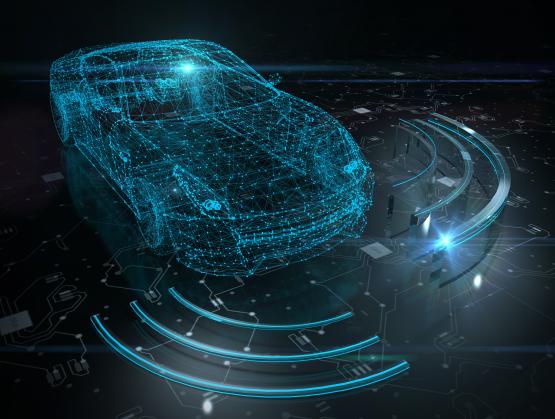Continental today widened its broad sensor portfolio by launching two new sensors for electrified vehicles: the Current Sensor Module (CSM) and the Battery Impact Detection (BID) system. Both the new solutions will focus on protecting the battery and/or on battery parameter retention. Continental will also begin to manufacture the all-new high-voltage Current Sensor Module (CSM) by 2022, a company statement said.
This compact modular sensor design measures the current and simultaneously detects temperature. Both values are highly relevant as input for battery management. Another innovative element of battery protection will be brought into the market by Continental: The Battery Impact Detection (BID) solution is a lightweight alternative to heavy underfloor “armouring” against damage, the company said.
“Vehicle electrification brings new use cases and thus opens up more opportunities to our sensor activities because an electric car has all the sensor needs a conventional car has – and more,” Laurent Fabre, Head of Passive Safety and Sensorics Segment, Continental, said. “Protecting the battery and retaining its performance, for instance, are two additional tasks in electrified vehicles. The Current Sensor Module and Battery Impact Detection solutions serve both the purposes.”
According to the company, the CSM will also help to retain the battery parameters by limiting aging effects. Integrated either in the battery disconnect unit or in the battery itself, the CSM will provide the two decisive bits of information for battery protection as well as reliable driving range monitoring. To support strict functional safety requirements, the CSM is available as a two-channel sensor, measuring current independently by integrating shunt technology and hall technology in a compact, single unit, the company release said.
In addition to optimizing the efficiency of charging while protecting the battery, the CSM will also help to detect mechanical malfunctions, which could lead to a fire if undetected. The CSM fully supports ASIL D on the system level. The production of the CSM will commence within 2022 for a global automaker’s electric vehicle.
The BID in combination with a lightweight structure detects underfloor impacts and alerts the driver if a stop at a garage is necessary as a result. This relieves the driver of the challenging decision of whether an impact at high speed or a low-speed ground contact may have damaged the battery. In comparison to current metal underfloor protection the BID solution can save up to 50% of the weight, the release said.
This system detects and classifies underfloor impact events to alert the driver if the battery integrity may have been breached. This way the car owner can take precautions before a punctured battery could ignite at a later point. “In addition, the BID identifies the area of the damage, so the battery management can empty the cells in that area to prevent any risk of fire,” Johannes Clemm, Managing Director of Continental Safety Engineering International, Alzenau, said.
The Battery Impact Detection function can sense possible battery damage and warn the driver accordingly.
The Battery Impact Detection function can sense possible battery damage and warn the driver accordingly.
The BID covers two typical impact risks: One is low-speed ground contact, e.g., during parking manoeuvres when the vehicle slowly rolls over a curb and hits the ground. During this type of event, the BID signal could also be used to trigger a fast-acting active suspension system to temporarily increase the underfloor clearance in order to mitigate the damage.
The other use case is high-speed intrusion which can be caused by swirled up heavy objects such as rocks or lashing straps on the road. Given the speed and impact, these types of objects can damage the underfloor and potentially even penetrate the battery structure.
The pressure sensor satellites used in the BID are derived from the proven Pedestrian Protection System (PPS pSAT) which has been in serial production and applied in millions of vehicles for more than 10 years.








